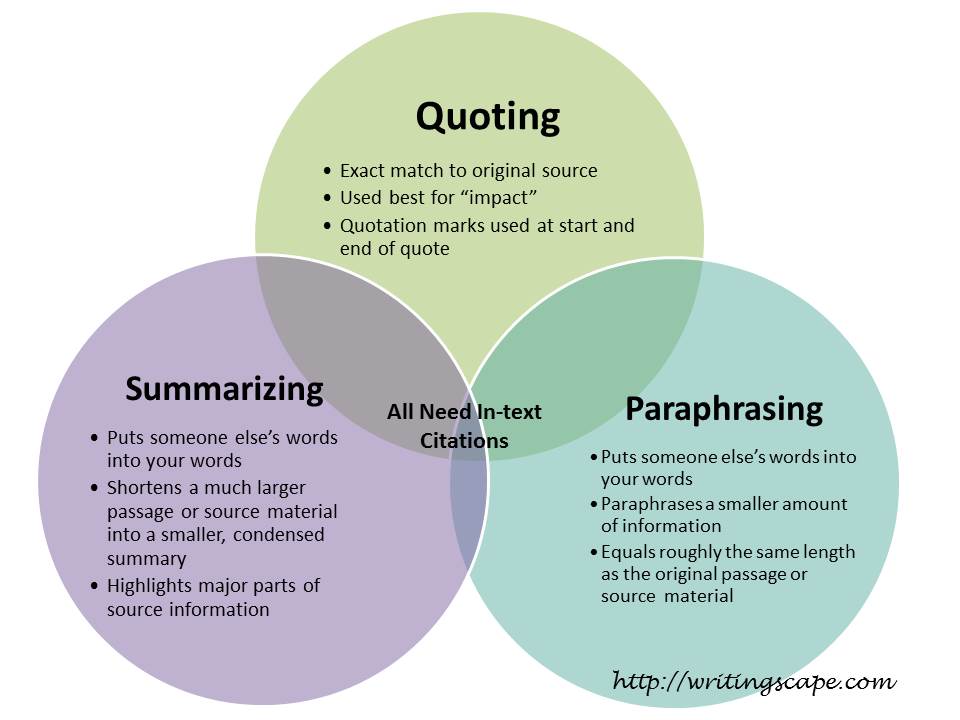Quotes Vs Quotations

Quotation marks and adjacent punctuation
Though not necessarily logical, the American rules for multiple punctuation with quotation marks are firmly established. (See here for a brief explanation of the British style.)
Commas and periods that are part of the overall sentence go inside the quotation marks, even though they aren’t part of the original quotation.
Correct“The best investments today,” according to Smith, “are commodities and emerging-market stocks.”
 Incorrect
Incorrect“The best investments today”, according to Smith, “are commodities and emerging-market stocks”.
Unless they are part of the original quotation, all marks other than commas or periods are placed outside the quotation marks.
CorrectShe provides a thorough list of problems in her most recent article, “Misery in Paradise”; she doesn’t provide a solution.
- Quotation marks (also known as speech marks, quotes or inverted commas) are used to set off direct speech and quotations. In academic writing, you need to use quotation marks when you quote a source. This includes quotes from published works and primary data such as interviews.
- Citation vs Quotation. Citation and quotation are two ways to refer to earlier works to bolster one’s point of view. Quotation requires you reproduce entire text along with quotation marks. On the other had, you are at liberty to paraphrase the text in your own words and there is no need to make use of quotation marks.
130 Most Beautiful & Inspirational Brain Quotes of All Time; 130 Best Faith Quotes & Sayings For Inspiration; 135 Best Religion Quotes And Sayings To Explore And Share; 140 Most Beautiful Success Quotes For Motivation; 125 Best Hope Quotes And Sayings That Will Empower; 130 Most Famous Unity Quotes And Sayings For Inspiration.
IncorrectShe provides a thorough list of problems in her most recent article, “Misery in Paradise;” she doesn’t provide a solution.
Correct
Quotes Or Quotations
Wasn’t it Dickens who wrote, “It was the best of times, it was the worst of times”?
IncorrectWasn’t it Dickens who wrote, “It was the best of times, it was the worst of times?”
For more on the proper use of multiple punctuation at the end of a sentence, see here.
It can be confusing to know when you should be using italics and quotation marks when citing the title of another work. It depends on the type of work you’re referencing and the style guide you’re using. Keep reading to learn the basic rules for choosing either italics or quotation marks, and to see examples of each citation style.
Quotes Vs Quotations In Writing
Rule for Using Italics or Quotation Marks in Titles
Italics and quotation marks are generally used to set a composition title apart from the text surrounding it. For example, if you were writing the sentence, 'I read The Cat in the Hat,' it wouldn't necessarily be clear what the book title was, or even that there was a book title at all.
Breaking down whether you should use italics vs. quotation marks in titles is simpler than you think. In general, the rule is:
- Italics – longer works and collections of works (e.g. novels, albums, movies, newspapers)
- Quotation marks – shorter works and pieces of longer works (e.g. short stories, songs, poems, articles)
When in doubt, consider whether a piece can be broken into smaller pieces. If it can, such as a novel into chapters or an album into songs), use italics. If it can’t, use quotation marks. Various style guides may vary a bit, but this rule is typically true in most publications.
Italics and Quotation Marks in Titles: Style Guides

Each of the style guides have their own rules when it comes to formatting titles, although many overlap. AP is one of the simpler styles to remember, as it doesn't use italics in composition titles at all.
The major style guides are:
- Modern Language Association (MLA) - generally used in arts and humanities papers
- American Psychological Association (APA) - generally used for social sciences
- Associated Press Stylebook (AP) - commonly used in magazines, newspapers, and the internet
- Chicago Manual of Style (Chicago) - one of the most well-known formats, followed in a wide variety of disciplines from publishing to science
If you primarily use one of these style guides, it’s best to understand that guide’s particular standards. However, if you switch back and forth between them, it’s good to know how they differ.
Works That Require Italics
If you use MLA, APA, or Chicago manuals of style, you should italicize longer works. However, AP style guide mandates that you do not italicize any works, but place them in quotation marks instead.
MLA, APA, and Chicago recommend the following titles should be in italics:
- Aircraft and spacecraft (Challenger space shuttle)
- Albums (Madonna’s Like a Prayer)
- Ballets (Swan Lake)
- Books (Moby Dick)
- Cartoons (Looney Toons)
- Comic strips (The Far Side)
- Exhibits at a museum (Ultimate Dinosaurs)
- Films (Casablanca)
- Journals (The New England Journal of Medicine)
- Magazines (TIME Magazine)
- Newspapers (The Washington Post)
- Operas (La Boheme)
- Paintings (The Starry Night)
- Plays (Romeo and Juliet)
- Podcasts (This American Life)
- Sculptures (Venus de Milo)
- Ships (HMS Titanic)
- Symphonies (Symphonie Fantastique)
- Television shows (I Love Lucy)
- Video games (Call of Duty)
Works That Require Quotation Marks
After you’ve used italics in longer titles, you can indicate the smaller pieces of those titles in quotation marks. AP style is the exception again: all titles, including longer works, should be in quotation marks. However, AP style does not put titles of newspapers, magazines, or journals in quotation marks either (plain text only).
If you’re using MLA, APA, or Chicago style, put these works in quotation marks:
- Album tracks or singles (“Blackbird” from The White Album)
- Book chapters (“The Boy Who Lived” from Harry Potter and the Sorcerer’s Stone)
- Podcast episodes (“The Alibi” from Serial)
- Poems (“The Road Not Taken”)
- Short stories (“The Tell-Tale Heart”)
- Speeches (“I Have a Dream”)
- Television show episodes (“The Long Way Around” from ER)
- Unpublished writing such as manuscripts or lectures
APA differs from other formats in that it doesn't use quotation marks or italics for titles of shorter works, such as essays that are in collections, lectures, or journal articles. These shorter works are simply formatted in regular type.
MLA and Chicago agree on most citation styles, but do diverge on some points:
- In MLA, the titles of online databases should be italicized; Chicago style says to set those in regular type.
- In MLA, all websites should be italicized while Chicago style says they should be in regular type.
Quotes Vs Quotations Images

When Not to Use Italics or Quotation Marks
There are certain titles of things that all style guides agree should not be in italics or quotation marks. These titles should always be set in regular type:
- Awards (Best Director)
- Commercial products (Cocoa Puffs)
- Constitutional documents (Bill of Rights)
- Legal documents (Divorce Petition)
- Names of artifacts (The Baghdad Battery)
- Names of buildings (Sears Tower)
- Political documents (Declaration of Independence)
- Scriptures of major religions (the Bible)
- Software (Google Chrome)
- Traditional games (poker)
When to Underline Instead of Italicize
Italicizing is easy to do on the computer, but not practical when you are hand writing something. In such cases, underlining is still used and is considered the same as writing a title in italics.
Quotes Vs Citations
When formatting titles for the web, be aware that it is acceptable to go with whatever style is most visually appealing. Online formats tend to be less formal in style compared to print materials. Styling for the web is about attracting visitors to the site, so make a title stand out without looking clunky in order to get more attention.
Consistency Is Key
By practicing the above rules for using italics and quotation marks in titles, you'll find it becomes easier with practice. If you're uncertain about what to use, ask yourself if the title of the work appears inside a larger body of work or if it can stand alone. If the title belongs inside a larger body of work, use quotation marks. If the title is for a body of work that stands alone, it should be in italics.
Above all else, consistency is key. Be sure to follow whichever style is most appropriate and stick to it. As you're writing out titles, learn more about the rules for capitalization in titles. You'll be well on your way to citation mastery!
Quotation Marks Rules
M.Ed. Education